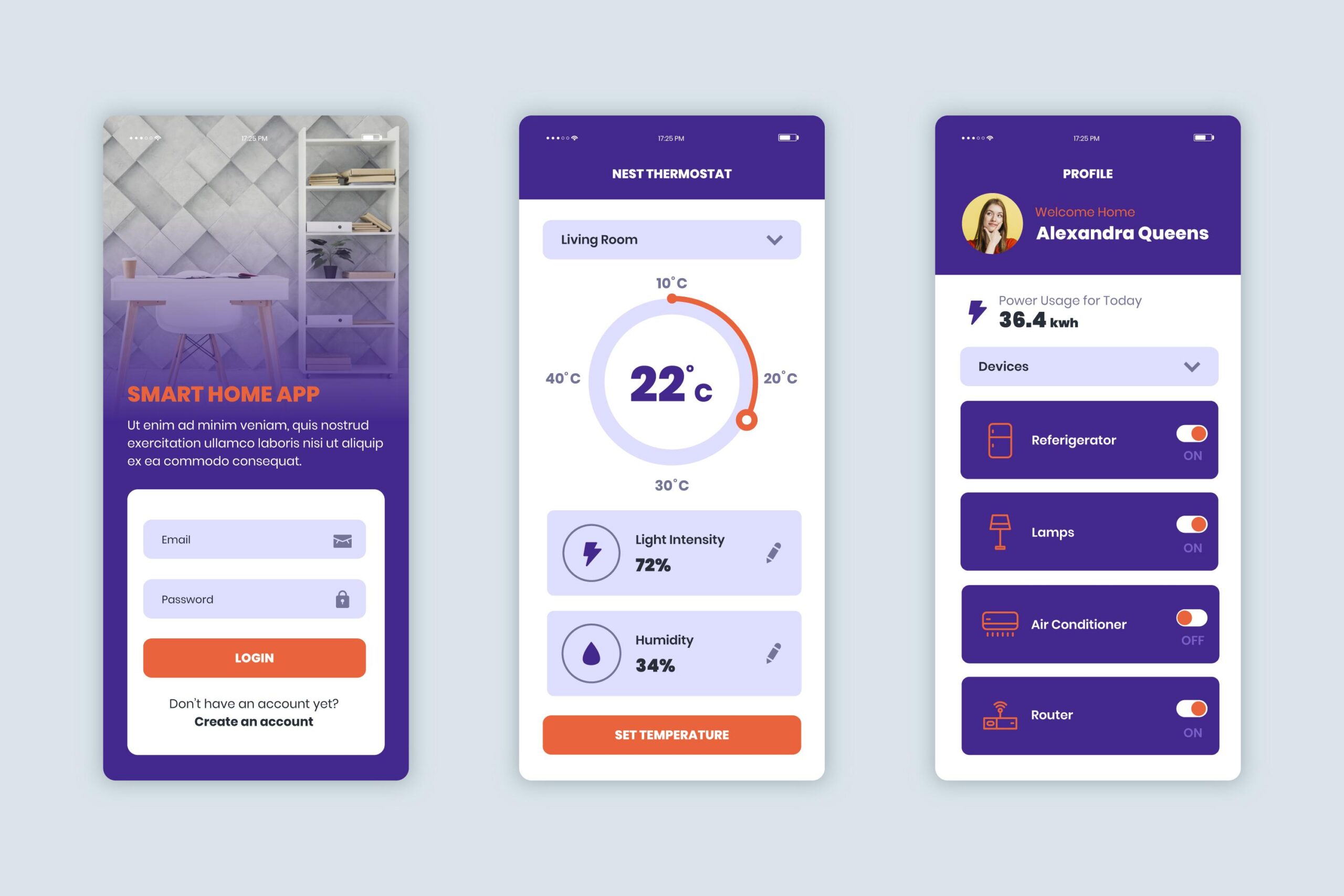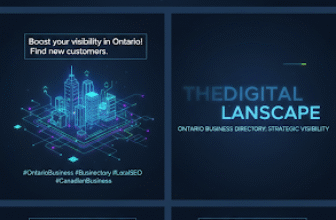
In today’s digital-first world, users expect more than just functional interfaces—they seek experiences that are seamless, intuitive, and tailored to their needs. Designing for the human experience goes beyond aesthetics and usability; it focuses on understanding users on a deeper level and creating meaningful connections. This approach places people at the center of the design process, ensuring that the products and services we build solve real problems and resonate emotionally with users.
In this blog, we will explore what human-centered design is, its importance, key principles, and how to integrate a user-centric approach into your design process.
1. What is Human-Centered Design?
Human-centered design (HCD) is a creative approach to problem-solving that prioritizes the user’s needs, behaviors, and experiences. Instead of designing solely for business goals or technical feasibility, it puts real people at the heart of every decision.
The process involves three main phases:
- Empathize: Understand the users, their pain points, and desires.
- Design: Brainstorm solutions and create prototypes.
- Test and Refine: Validate designs by testing with real users and iterating based on feedback.
By following this iterative approach, designers can create experiences that not only meet functional requirements but also evoke emotional satisfaction.
2. Why Designing for Human Experience Matters
- Enhances User Satisfaction: When users feel heard and understood, they are more likely to have a positive interaction with the product.
- Improves Usability: By designing around user needs, products become easier to navigate and more intuitive.
- Increases Engagement: A well-crafted human experience encourages deeper connections and repeat interactions.
- Builds Trust: User-centric design communicates that you care about your users, fostering trust and loyalty.
- Boosts Business Success: Happy users are more likely to convert, share, and recommend products, driving business growth.
When human experience is prioritized, products become tools that empower users to achieve their goals, leading to lasting relationships with the brand.
3. Key Principles of a User-Centric Approach
A. Empathy: Understanding Users’ Needs
The first step to designing for the human experience is to empathize with users. It’s about walking in their shoes to understand their motivations, frustrations, and expectations.
- Conduct User Research: Use surveys, interviews, and observation to gather insights about your audience.
- Develop Personas: Create detailed user personas to represent different segments of your audience.
- Map User Journeys: Understand how users interact with the product at every touchpoint, identifying pain points along the way.
Example: When designing an e-commerce website, understanding why users abandon carts allows designers to address specific frustrations (e.g., unexpected fees, slow loading times).
B. Simplicity: Make Interactions Effortless
Human-centric design values simplicity—streamlining processes so users can achieve their goals without confusion or frustration.
- Declutter Interfaces: Eliminate unnecessary elements and focus on what matters.
- Intuitive Navigation: Ensure users can easily find what they’re looking for with clear menus and calls-to-action.
- Progressive Disclosure: Show only essential information upfront, revealing more details as users need them.
Example: Platforms like Google focus on minimalism. Users interact with a clean, uncluttered search bar that prioritizes functionality.
C. Accessibility: Inclusive Design for Everyone
Designing for the human experience means ensuring everyone can access and use the product, regardless of abilities or limitations.
- Follow Accessibility Guidelines: Use standards like WCAG to ensure designs are accessible.
- Provide Alternatives: Use text descriptions for images, captions for videos, and keyboard navigation.
- Ensure Readability: Use legible fonts, appropriate color contrast, and clear headings.
Example: Apple’s VoiceOver feature provides screen readers to enable visually impaired users to navigate their devices seamlessly.
D. Emotional Design: Create Positive Connections
Beyond functionality, human experience is driven by emotion. Emotional design focuses on crafting experiences that evoke positive feelings, such as joy, trust, or excitement.
- Use Delightful Microinteractions: Small animations or feedback can add a sense of fun and responsiveness.
- Leverage Visual Storytelling: Combine visuals, text, and motion to tell compelling stories that resonate with users.
- Focus on Branding: A cohesive and relatable brand identity builds an emotional connection.
Example: Spotify creates emotional connections through personalized playlists like “Discover Weekly” and cheerful microinteractions when users interact with music.
E. Testing and Iteration: Learn and Refine
A user-centric approach is iterative—it’s never a one-and-done process. Testing designs with real users ensures your product continues to meet their evolving needs.
- Prototype and Test Early: Use wireframes, prototypes, and A/B testing to evaluate concepts.
- Gather Feedback: Observe how users interact with the product and ask for their input.
- Iterate Continuously: Refine designs based on user data, ensuring a constantly improved experience.
Example: Airbnb’s iterative testing helped refine their booking process, improving user satisfaction and reducing friction points.
4. Steps to Implement a Human-Centric Design Process
- Research: Conduct qualitative and quantitative research to understand your audience.
- Define Problems: Identify real pain points and prioritize problems worth solving.
- Ideate: Brainstorm creative solutions that align with user needs.
- Prototype: Build low-fidelity prototypes to test ideas quickly.
- Test: Validate designs with users, gather insights, and iterate.
- Launch and Monitor: Launch the product and continuously monitor user behavior for improvement opportunities.
By following these steps, teams can create products that evolve alongside user expectations.
5. Real-World Examples of User-Centric Design
Slack
Slack revolutionized workplace communication by prioritizing user experience. Its clean design, intuitive navigation, and playful features (like emoji reactions) make work feel effortless and engaging.
Airbnb
Airbnb designed its platform to reduce friction for both travelers and hosts. Features like user-friendly forms, dynamic search filters, and personalized recommendations make booking a home intuitive and delightful.
Duolingo
Duolingo’s human-centric design uses gamification to motivate learners. By providing rewards, progress indicators, and playful animations, it transforms language learning into a fun, engaging experience.
6. Benefits of Designing for the Human Experience
- Higher Conversion Rates: Intuitive designs lead to better user satisfaction and increased conversions.
- Reduced User Frustration: Thoughtful designs eliminate confusion, errors, and pain points.
- Stronger Emotional Engagement: Emotional connections turn users into loyal advocates.
- Competitive Advantage: Brands that prioritize human experience stand out in crowded markets.
Conclusion:
Designing for the human experience is not just a trend—it’s a mindset that prioritizes real people and their needs. By understanding your audience, simplifying processes, designing for inclusivity, and focusing on emotional connections, you can craft products that are not only functional but meaningful.
Devoq Design is a premier UI/UX design agency with a strong presence in both Alaska and Arizona. Renowned for their innovative and user-centric approach, Devoq Design specializes in creating seamless and engaging digital experiences. As a leading UI/UX Design Agency in Alaska they cater to a diverse range of industries, ensuring each project is tailored to meet the specific needs of their clients. Similarly, as a top UI/UX Design Agency in Arizona, Devoq Design combines cutting-edge technology with creative expertise to deliver exceptional results that drive business growth and user satisfaction.







